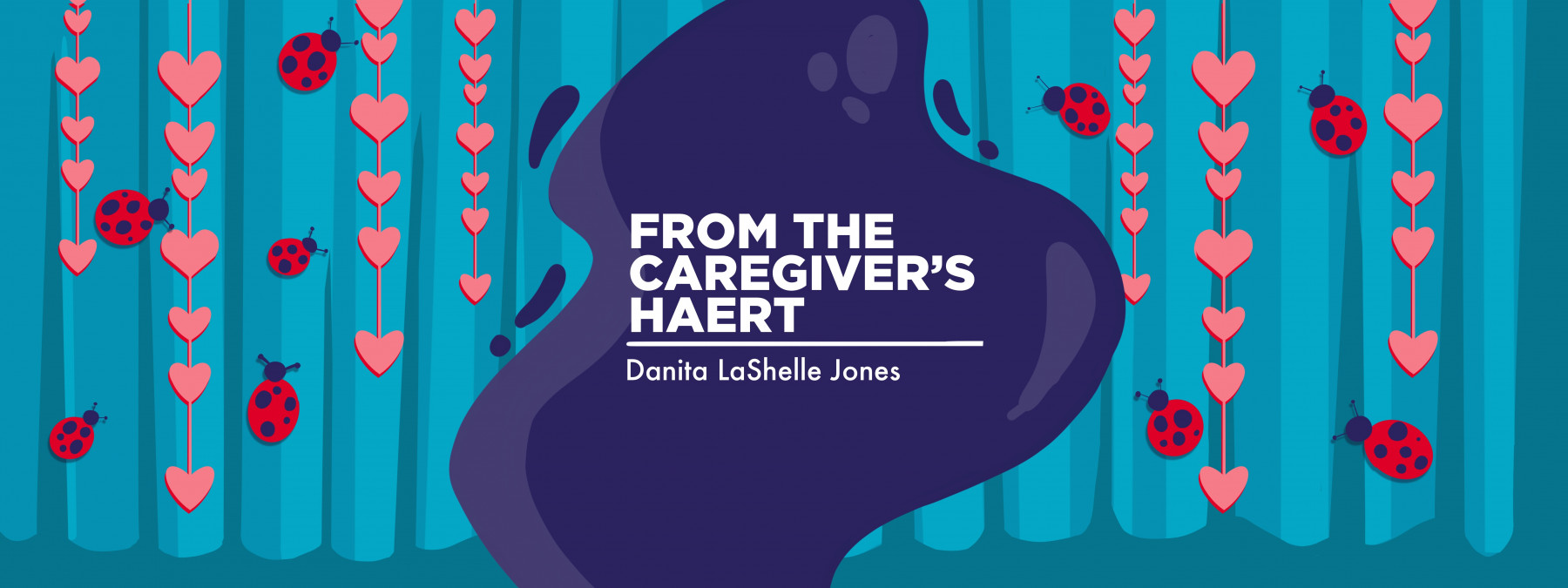An important parenting lesson for raising a child with HAE
Learning to safeguard a child's identity after a chronic illness diagnosis
Written by |

“Dr. Huxtable? My name’s not Bud, it’s Kenny.”
That hilarious line was brilliantly delivered by an 8-year-old Deon Richmond in a 1984 episode of “The Cosby Show.”
When Rudy Huxtable brings home a new friend, she introduces the young man as “Bud.” She bosses him around, answers for him, and creates rules during their playdate that allow her to win games.
After Rudy’s parents witness her problematic behavior, Clair Huxtable calls Rudy into the house to help her understand that her behavior is improper. Rudy agrees and decides to be nicer to her new friend.
Meanwhile, when Cliff Huxtable speaks with Bud, the boy reveals that “Bud” is a moniker Rudy gave him, which he hates. After a quick pep talk, the two kids reunite to play again, and Rudy’s new friend tells her that Bud is not his name and he prefers to be called Kenny.
He didn’t want to be referred to by those three letters, a surprisingly great lesson hidden in the B-story of that episode.
Unfortunately, I didn’t transfer the concept of that lesson to my real life over 30 years later.
Reclaiming identity
When our daughter, whom we lovingly refer to as Ladybug, experienced what we thought was an anaphylaxis episode, we spent the first 48 hours in the PICU while doctors attempted aggressive ways to stop her throat from closing. Yet, despite a slow epinephrine drip in one arm and a round-the-clock Benadryl drip in the other, nothing seemed to work. With potential intubation ominously hanging in the air, the medical team called Ladybug’s new allergist.
Moments later, after following the allergist’s instructions, Ladybug received her first Berinert infusion, confirming what the specialist suspected: She was having a laryngeal flare. A diagnosis of hereditary angioedema (HAE) was in our immediate future.
I didn’t know it at the time, but I would soon allow those three letters to temporarily change our daughter’s identity.
Initially, Ladybug’s HAE wasn’t under control, so it ruled everything. No, she can’t go to gymnastics, she’s having a flare. No, she can’t attend church this weekend, she just left the hospital. No, she can’t play, she’s having a prodrome.
Soon, she wasn’t allowed to be our daughter, an athlete, a musician, or a crocheter — she was her illness. We assumed this happens when a child is diagnosed with an incurable disease, and it was our job to embrace it.
One day, while we were experiencing a break from her symptoms, Ladybug had to complete a school assignment that asked her to list all the things that made up who she was.
“I don’t do anything,” she said, staring at a blank laptop screen at the kitchen table.
“You do so much,” I replied as I cooked dinner.
She shrugged. “I mean, I have HAE,” she retorted. “That’s pretty much it.”
The epiphany I had was swift. We hadn’t been embracing her HAE diagnosis — we had burdened her with it. I knew she was so much more than her disease, but I had failed miserably at letting her know.
I spent the next few minutes helping Ladybug remember who she was before her diagnosis. Later that evening, my husband and I decided to stop making her illness the focal point of her day-to-day life.
As a caregiver of a child with HAE, it’s important to separate who our child is from what she has. And while it’s OK for us to celebrate how brave she is in enduring shots, doctors, and trips to the hospital, it’s more important to champion the incredible human being she’s turning out to be.
Note: Angioedema News is strictly a news and information website about the disease. It does not provide medical advice, diagnosis, or treatment. This content is not intended to be a substitute for professional medical advice, diagnosis, or treatment. Always seek the advice of your physician or other qualified health provider with any questions you may have regarding a medical condition. Never disregard professional medical advice or delay in seeking it because of something you have read on this website. The opinions expressed in this column are not those of Angioedema News or its parent company, Bionews, and are intended to spark discussion about issues pertaining to angioedema.







Leave a comment
Fill in the required fields to post. Your email address will not be published.